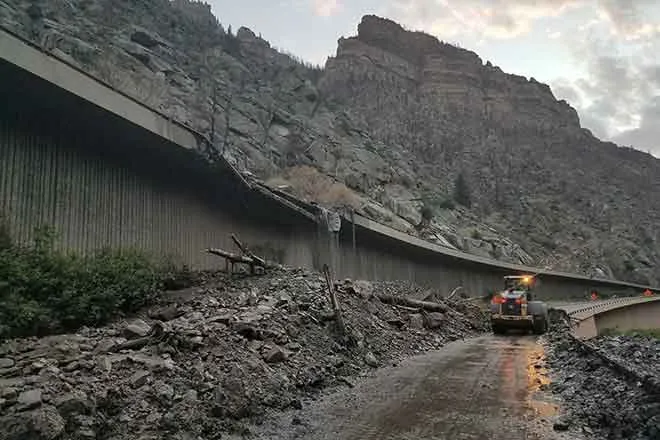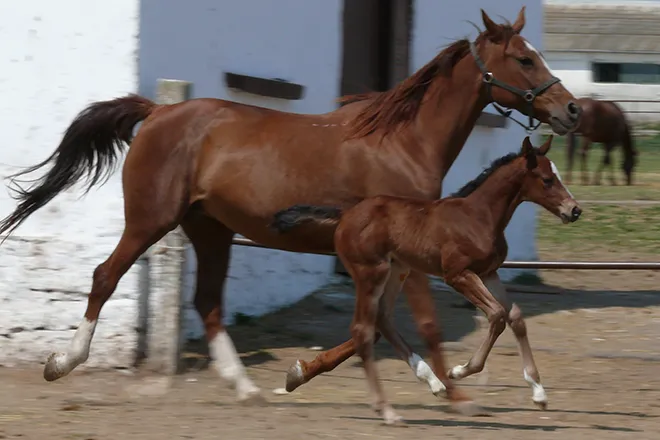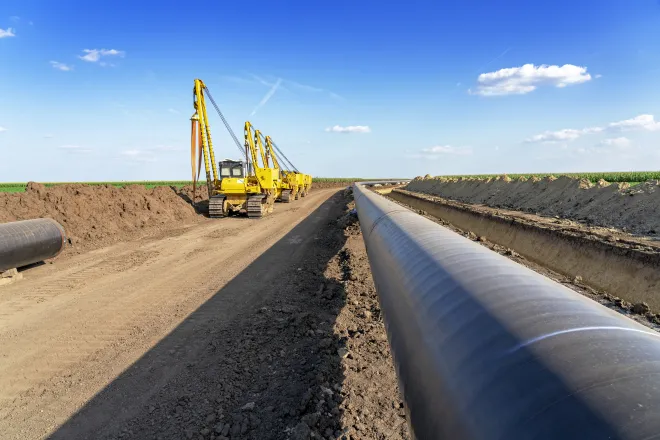
Perennial grains: for beer, bread and the fight against climate change
© iStock - Pashalgnatov
Jake Christie for Great Lakes Echo
(Minnesota News Connection) After 10,000 years of domestication, farming and its popularity for use in bread and beer, wheat could have some competition.
Scientists call it Thinopyrum intermedium. Growers call it Kernza.
One of its biggest advantages? It's perennial. Perennial crops require less tilling and fertilizer, and grow back year after year.
Kernza has deep roots and excels at soaking up nitrates in soil and runoff, said Jake Jungers, assistant professor in the department of agronomy at the University of Minnesota. And that helps protect water systems. Those roots also take carbon out of the air and lock it away in the soil, which helps combat climate change, Jungers said.
The Land Institute is a nonprofit research organization based in Kansas that develops crops and cropping systems that benefit the soil. The organization has been developing Kernza for about 20 years, trying to improve the wheatgrass so it can be an alternative to wheat, said Tammy Kimbler, director of communications with The Land Institute. The institute works with several universities and researchers across the United States and worldwide.
The Forever Green Initiative at the University of Minnesota works with Kernza, and 15 other crops to improve crop production. The initiative took a holistic approach in developing Kernza, thinking about how the plant could benefit farmers and the environment, said Mitch Hunter, associate director of the Forever Green Initiative.
The challenges are significant. Kernza yields only about 20 percent of the grain wheat does, one of the downfalls of having deep roots, said Prabin Bajgain, an assistant professor in the department of agronomy and plant genetics at the University of Minnesota.
Improving Kernza's yield is a focus of his work, but other traits with strange names like shatter resistance and free threshing ability are just as important, Bajgain said.
Shatter resistance is a seed's resistance to breaking from physical contact, or as part of its lifecycle. Free threshing ability is how easily the plant can be harvested mechanically. They've had some success in developing those traits, but still have a ways to go in developing yield, Bajgain said.
One technology they're avoiding is genetic modification.
Wheat has a several thousand year head start on Kernza, and genetic modification could help to bridge the gap. But it comes with downsides, Bajgain said. Negative perceptions of genetically modified organisms could hurt Kernza's introduction into fields and markets, Bajgain said.
"You don't want any negative press, especially when these crops are so new," Bajgain said, "The crops are so diverse, we might not need that right now. If I plant 500 plants of Kernza, each plant looks different from another."
While there's a focus on natural breeding practices, researchers use genetic sequencing technology to speed the selection of plants and to keep desirable traits, Bajgain said.
Kernza has already made its way into a few different markets.
Patagonia Provisions partnered with Dogfish Head Brewery and released a Kernza pilsner in 2022 that's available in stores across the country.
Bang Brewing in St. Paul, Minnesota, started working with Kernza in 2016, said Sandy Boss Febbo, the brewery's co-owner and co-brewer. From its prefabricated construction, and native prairie and wildflower beer garden, to their use of all organic ingredients, the brewery was built with sustainability in mind, Boss Febbo said. So when they had the chance to brew with Kernza, they jumped on it.
Kernza brings a nuttiness, as well as some spice, to the beers it's used in. But its flavor changes depending on where it's grown, a quirk similar to wine grapes that likely stems from deep roots, Boss Febbo said.
A few other businesses use Kernza across the rest of the country and Kernza flour is available online.
In terms of fighting climate change and producing food, it's not enough to just switch out wheat with Kernza, Hunter said.
Part of the Forever Green Initiative's work is a concept called continuous living cover. That means planting crops so there's always something living in the soil.
"We need to bake conservation right into our cropping system." Hunter said, "Conservation should not be an add-on to the way we grow food, it should be essential."
Using perennials like Kernza with winter annual or perennial crops can increase soil and water health, Hunter said.
The Land Institute hopes Kernza can catch up to wheat in terms of availability and surpass it in economic benefit.
"With the rate of technological advances and the kinds of funding and collaborations that are happening now, it should be able to achieve wheat-like yields in about 15 to 17 years," Kimbler said.
"Which, in plant breeding terms, is remarkably fast."
















